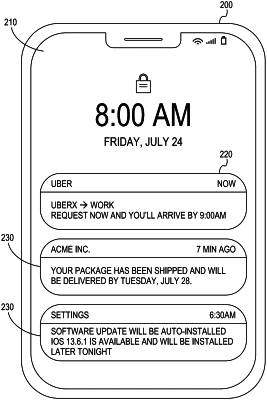|
1. A computer-implemented method performed by at least one hardware processor, the computer-implemented method comprising: receiving an identification of a target user, user location data indicating a location associated with the target user, prediction time data indicating a time of day and a day of the week for which a transportation service prediction is to be generated, and historical user data indicating a plurality of instances of the target user using a transportation service in association with a place, the historical user data indicating a corresponding time of day and a corresponding day of the week for each one of the plurality of instances of the target user using the transportation service, the location associated with the target user comprising a destination location to which the target user was transported using the transportation service of a networked computer system; generating the transportation service prediction for the target user based on the identification of the target user, the user location data, the prediction time data, and the historical user data using a prediction model, the transportation service prediction indicating a probability that the target user will request the transportation service in association with the place for the time of day and the day of the week indicated by the prediction time data, the generating of the transportation service prediction for the target user being further based on a profile of the destination location stored in a database, the profile of the destination location including an amount of time representing how long people stay at the destination location after arriving at the destination location; and causing a notification to be displayed on a lock screen of a mobile device of the target user based on the transportation service prediction for the target user, the notification indicating a recommended use of the transportation service in association with the place for the time of day and the day of the week indicated by the prediction time data, and the notification comprising a selectable user interface element configured to enable the target user to submit an electronic request for the transportation service in association with the place for the time of day and the day of the week indicated by the prediction time data the causing the notification to be displayed on the mobile device comprising transmitting the notification from a server of the networked computer system to the mobile device.
|
